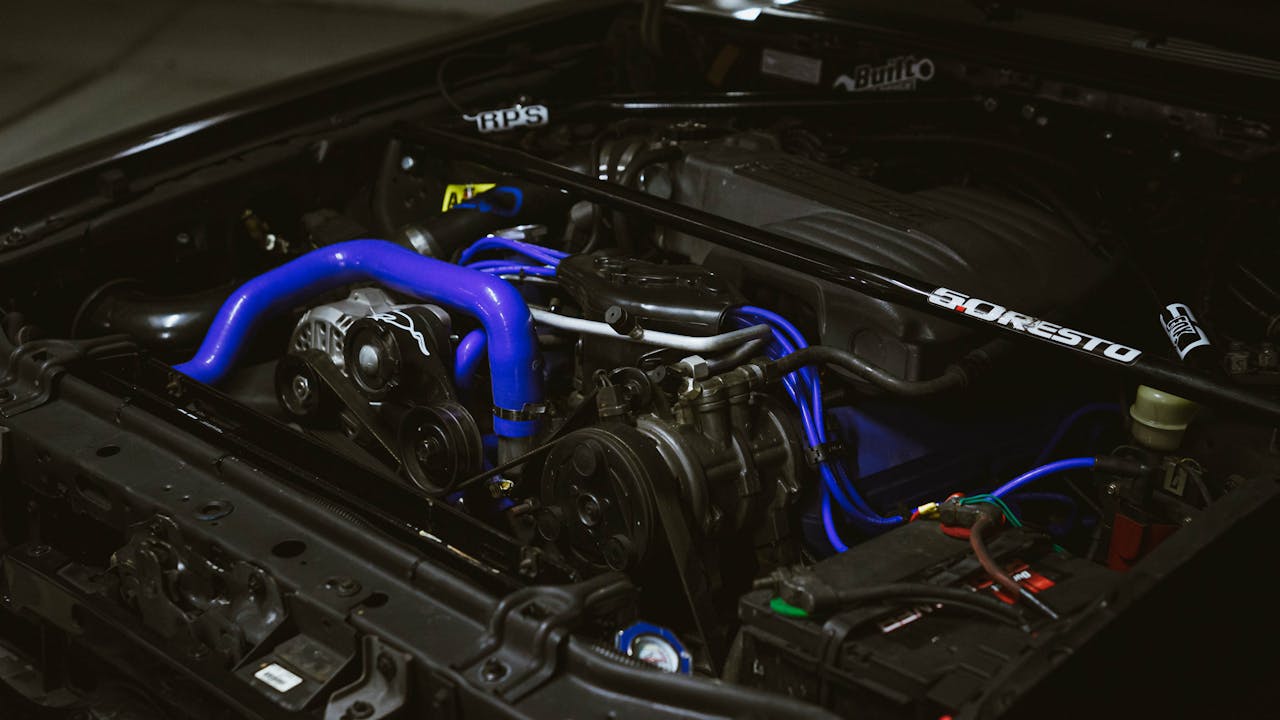Learning about the complexities involved in producing car prototypes reveals the incredible process from ideation to the development of innovative automobiles. Manufacturers and engineers carefully move through several phases, using cutting-edge methods and tools to guarantee accuracy and excellence. Every stage, from material selection to thorough testing and validation, helps create safe, effective, and creative prototypes that open doors for further developments in the automotive sector.
Design and Conceptualization
Car prototypes develop throughout the conceptualization and design stage as engineers and designers work together to generate concepts. To produce intricate designs and schematics, they take performance, safety, and aerodynamics into account. To make sure their designs fulfill the specified standards and requirements, they go through a rigorous evaluation process. They digitally model the prototype’s components using cutting-edge software to guarantee accuracy and precision. The entire manufacturing process is built upon this phase, which paves the way for the latter stages of material selection, production, assembly, testing, and refining.
Selection of Materials
To choose the best materials for the automotive prototype, experts and manufacturers go through a thorough investigation and testing process. They consider factors such as durability, cost-effectiveness, weight, and performance requirements. A range of materials, such as composites, metals, and polymers, are assessed to make sure they satisfy the particular requirements of the prototype design. The best materials are selected by thorough testing and analysis to guarantee the prototype’s overall performance, usefulness, and structural integrity. The ensuing phases of component manufacture, assembly, and testing are made possible by this meticulous selection procedure, which eventually contributes to the successful development of the vehicular prototype.
Fabrication of Components
Manufacturers use a variety of processes, including 3D printing, CNC machining, and molding, to create unique parts. For some components, especially those that need exact metal sheet shaping, metal stamping manufacturers are frequently hired. Metal stamping is a process that ensures accuracy and uniformity across several products by shaping metal sheets into precise shapes and designs using specialized equipment. An important stage in the production process is when these components are produced, checked for quality, and then assembled following the prototype’s instructions.
Putting Together and Integrating
Assembly is typically carried out on specialized manufacturing lines by skilled experts who adhere to exacting guidelines to ensure that every component is positioned and fastened correctly. Integration involves bringing together various systems, including the engine, transmission, electrical, and hydraulic systems, to ensure seamless functionality. This phase requires meticulous coordination and attention to detail to ensure that the prototype meets design requirements and operates as intended. After assembly and integration, the prototype undergoes extensive testing to identify any issues or flaws before proceeding to the next testing and validation phase.
Validation and Testing
The prototype is put through a series of tests to determine its usefulness, safety, and performance. This involves, among other things, tests for crashworthiness, speed, braking, durability, and handling. The information gathered from these assessments is examined to find any possible weaknesses or areas in need of development. Validation guarantees that the prototype satisfies user requirements and legal requirements. Furthermore, computer-aided analyses and real-world simulations could be used to evaluate the prototype’s performance in various scenarios. Following successful testing and validation, the prototype can move on to the last phase of improvement and iteration.
Iteration and refinement
The vehicle prototype is improved during the refinement and iteration phase using input from testing and validation. To determine what needs to be improved or adjusted, engineers and designers examine the data acquired during testing. To improve the prototype’s functionality, effectiveness, and safety, this may entail changing some design components, components, or production techniques. To make sure that any problems or inadequacies found are adequately addressed by the modifications made, iterative testing and validation cycles are carried out. The prototype progressively changes and gets better through this iterative process until it satisfies the required requirements.
Conclusion
Every phase, from design to finishing, emphasizes the commitment and knowledge needed to create automobiles that satisfy exacting requirements. Manufacturers use state-of-the-art techniques and technology to ensure the effectiveness and safety of prototypes. Your comprehension of this trip sheds light on the teamwork and meticulous attention to detail required to advance the automobile sector.


